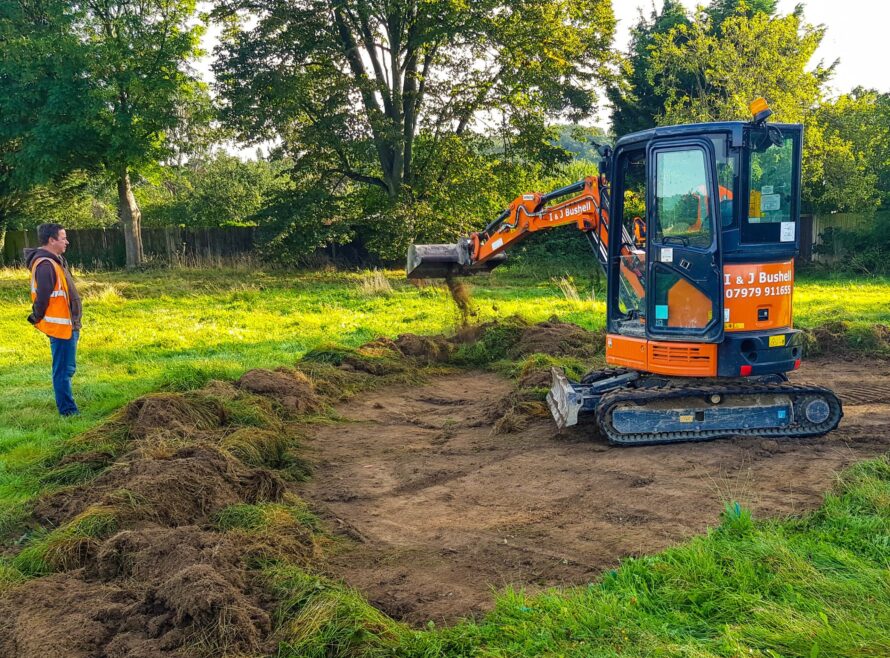Suggestions
Grounds Maintenance, Landscape Creation, Arboriculture, Sports Surfacing, Parks management, IOS Managing Safely Training, Ecology & Biodiversity, Grass cutting, Horticulture, Street Cleaning, Soft Landscaping, Hard Landscaping
Our Services
idverde provides a wide range of green services, including grounds maintenance, landscape creation, and advice services, to both private and public sectors across the UK.
The Brilliant Butterflies Project
Brilliant Butterflies is a partnership initiative between London Wildlife Trust, Natural History Museum and Butterfly Conservation that aims to create new homes for butterflies and insects. The project creates new wildlife havens in the Greater London area to provide places for butterflies and other insects to thrive.
More projects for London Wildlife TrustThe Project
Brilliant Butterflies is a partnership initiative between London Wildlife Trust, Natural History Museum and Butterfly Conservation that aims to create new homes for butterflies and insects. The project creates new wildlife havens in the Greater London area to provide places for butterflies and other insects to thrive.
As well as creating homes for insects, the project helps to provide insights into the butterfly population by capturing and monitoring data. This helps towards the future protection of butterflies and their habitats.
Brilliant Butterflies approached idverde to help with the creation of butterfly banks to feed and house rare butterflies.
The butterfly crisis
Butterfly species have been on a dramatic decline over the last 50 years, with 2020 recording the lowest numbers of butterflies in the past 11 years. Reasons such as climate change and the destruction of habitats as a result of land-use change are considered the top reasons for the decline in the species.
Why are butterflies so important?
Butterflies provide many benefits to the environment, such as pollination and natural pest control. Areas that have a larger butterfly population show signs of a healthy eco-system, as they are prey for animals such as birds and bats and are indicators of other invertebrates being present in the area.
Butterflies are also great for our mental health, with the colourful insects bringing us joy whenever they are around us. Sir David Attenborough, English broadcaster, mentioned the positive effects of butterflies, saying ‘A few precious moments spent watching a stunning red admiral or peacock butterfly feeding amongst the flowers in my garden never fails to bring me great pleasure’.
Did you know?
The largest butterfly in the world is the female Queen Alexandra’s birdwing, with a wingspan of over 25cm.
Our Role
idverde was approached by the Brilliant Butterflies project in 2020 to work on new projects in the Bromley area. We carried out works in Biggin Hill, Leaves Green Common, Coney Hall and Green Street Green. Our team worked with them to develop a proposal that would help to house species such as small blues and chalk hill blues.

Challenges
With species on the decline, we created a plan that would attract rare butterfly species and hopefully lead to an increase in the population. We carefully considered the landscape connectivity and planted specialist plants such as kidney vetch. Kidney vetch is the sole food plant of the butterfly species such as the Small Blue, Knapweed and Field Scabious.
The result
idverde created chalk grassland with wildflowers to attract butterflies and pollinating insects. The chalky habitats act as a nature recovery network and connect the new pockets of wildflowers with wider nature reserves. We have already witnessed butterflies taking a look around their new grassland habitats, and we are extremely pleased that they are enjoying their new homes!
John Pemberton, Conservation & Education Manager for idverde Bromley says:
Read more about The Brilliant Butterflies Project here.
